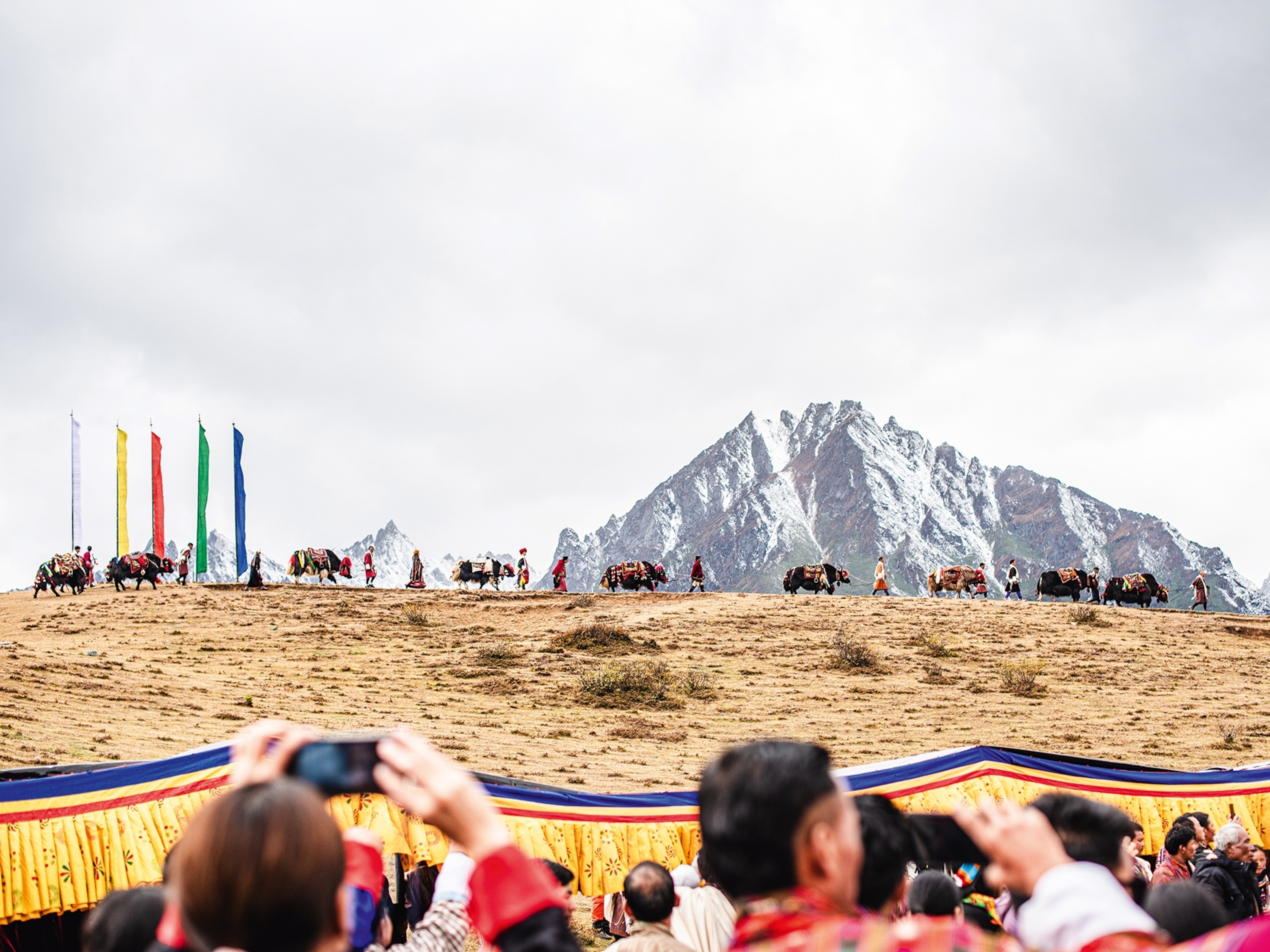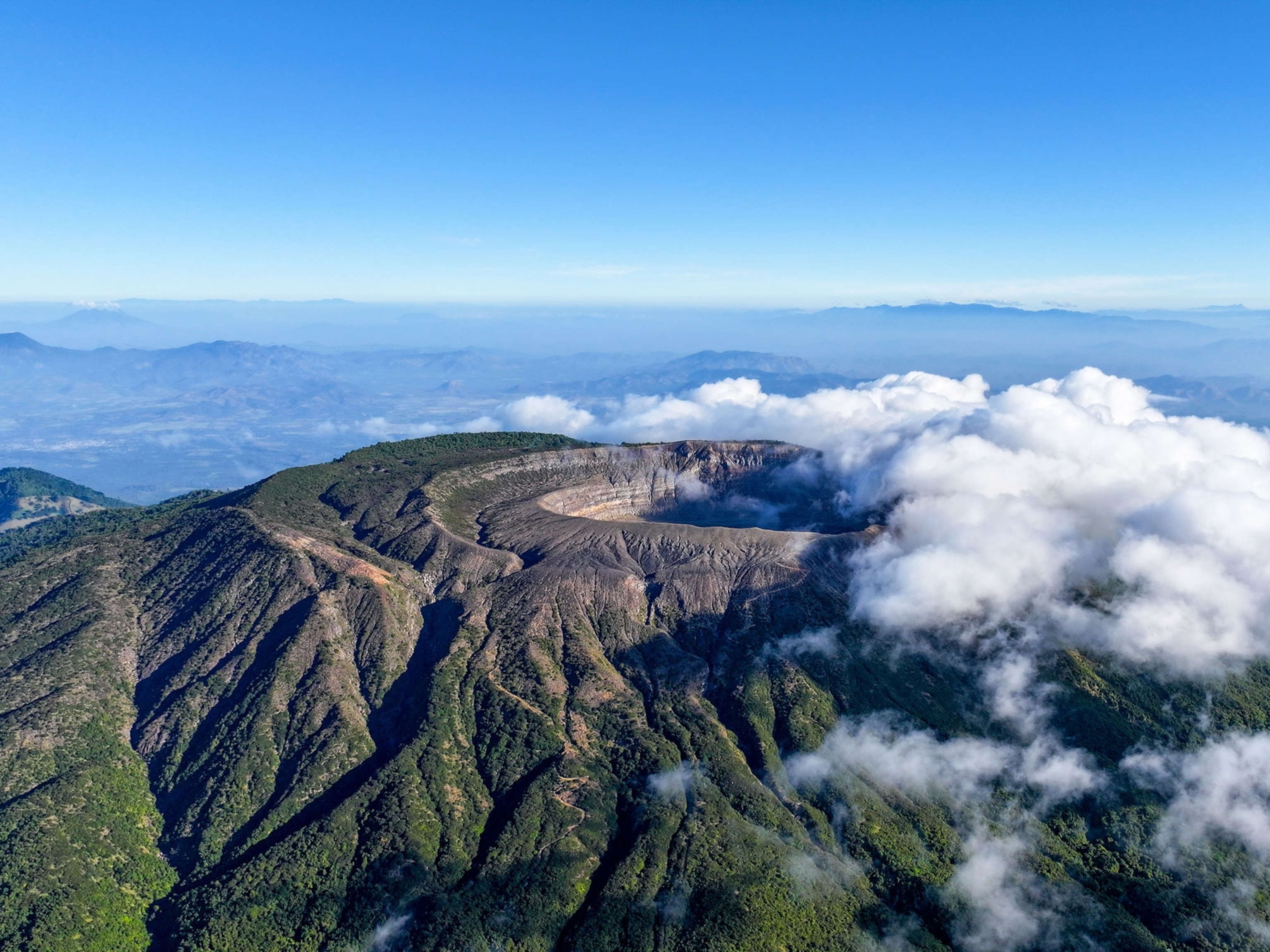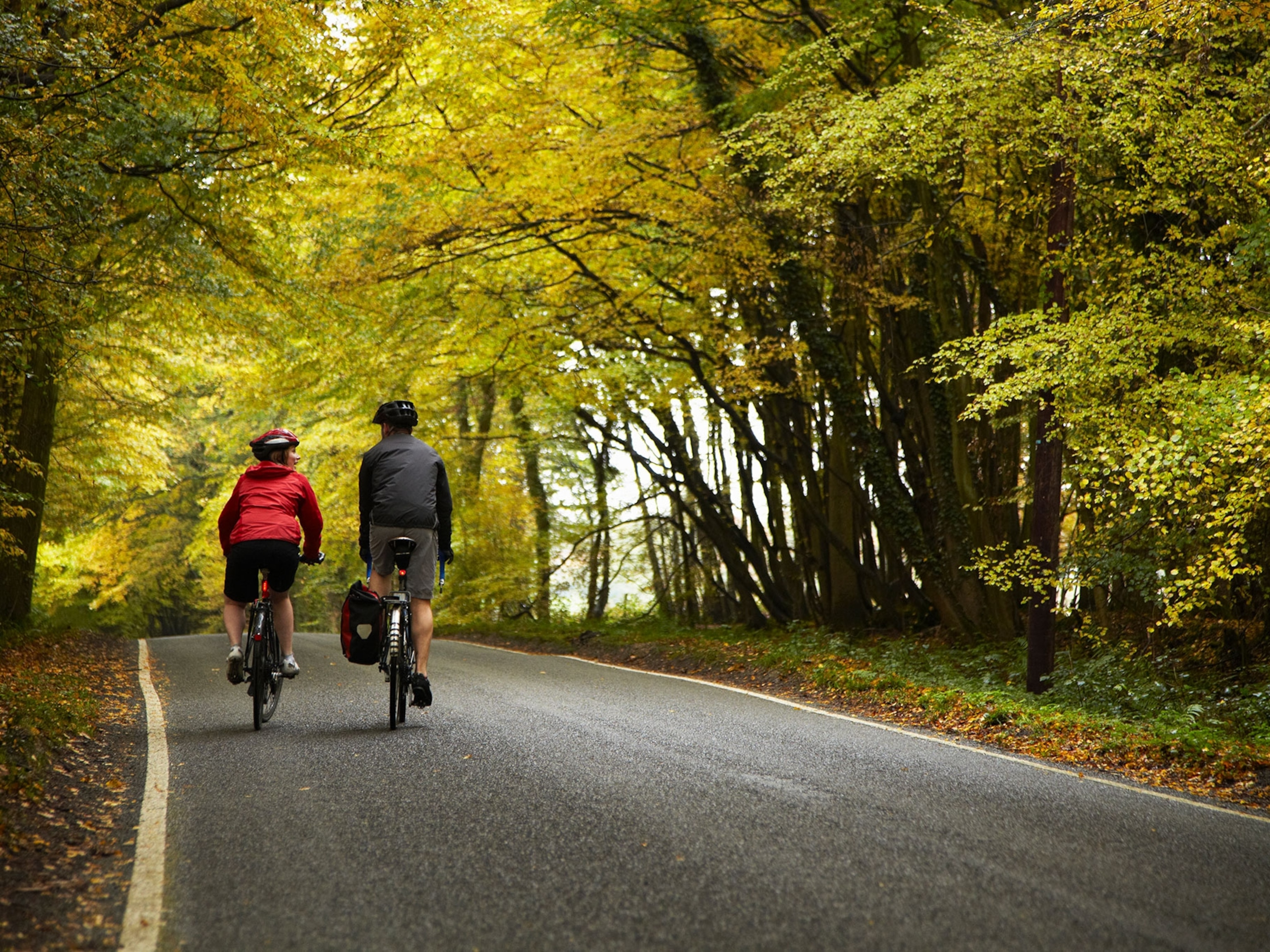
The roof of Japan: exploring spirituality amid the mountains of Nagano and Toyama
Wild and untrammelled, the Japanese prefectures of Nagano and Toyama are home to some of the biggest peaks in the country. They are also spiritual places, where mountain worship flourishes, and ancient shrines pepper the slopes as one heads to the summit.
An outdoor wonderland in the middle of country and on the skirt tails of the Japanese Alps, it's easy to see why Nagano is known as the Roof of Japan. Here, some of the largest mountains in the country ripple as far as the eye can see, layered with snow-sprinkled plateaus, plunging valleys and frosted peaks piercing bright blue skies.
Japan's chillier months mean a bounty of frozen adventures — skiing, snowboarding, snowshoeing, sledging, ice-climbing, winter festivals — while summer brings the opportunity to go hiking, mountain biking, rafting and unkai viewing (literally meaning 'the sea of clouds,' and the act of looking down on them spreading out below mountain peaks).
Among the region's most enthralling sites is Mount Tateyama, located in the northern section of Japan's Kita Alps, connecting the Nagano and Toyama prefectures. One of the three most sacred peaks in Japan (alongside Mount Fuji and Mount Haku), Mount Tateyama has been a place of pilgrimage for over 1,300 years, first attracting practitioners of Tateyama Shinkō, who were followed in the 17th century by Buddhist monks in search of higher truths. Along the way, devotees would stop at religious lodges to receive teachings, eat vegan food and paint mandalas. It was thought that those who reached the 9,892ft summit would be forgiven their sins and guaranteed a place in heaven.
Today, the mountain's heaven and earth attractions are just as appealing. Those looking to make an expedition of their own can follow meticulously maintained hiking trails to Oyama, the most spiritually significant of Tateyama's three peaks. Starting from Murodo, the moderately difficult walk takes approximately 2.5 hours, weaving through streaky snow fields, around gigantic boulders and past bubbling, blood-red hot springs (once thought to be portals to hell), before zigzagging upwards towards the summit. Here, hikers are rewarded with hot sake, a purification ritual at the temple shrine, as well as stupendous views of Nagano's vast mountainscape — reaching as far as Mount Fuji and Niigata on a clear day.
Alternatively, a more relaxed way to enjoy the mountain is to set out along the spectacular Tateyama Kurobe Alpine Route, a journey that involves hybrid buses, electric trolleys, cable-cars and Japan's longest ropeway to take in 65ft-high snow walls, haunting rock formations, sapphire-blue volcanic pools, vast canyons and cloud-licked cliffs.
Connected by the mountains running to the east is Togakushi. Set at the base of a smaller but beautifully rugged range, it’s also a religious centre, one dating back more than 2,000 years. Like Tateyama, this is a place shaped by its geography, but here the setting is softer; a series of shrines rising up through thick forest. Traditions here are tied to the very foundation myths of Japan and the Shinto faith. It’s a power spot, a place where people come to absorb the power of the peaks — the power of Mother Nature.
For more information go to go-nagano.net/en, and foreign.info-toyama.com/en
Find National Geographic Traveller (UK) on social media




